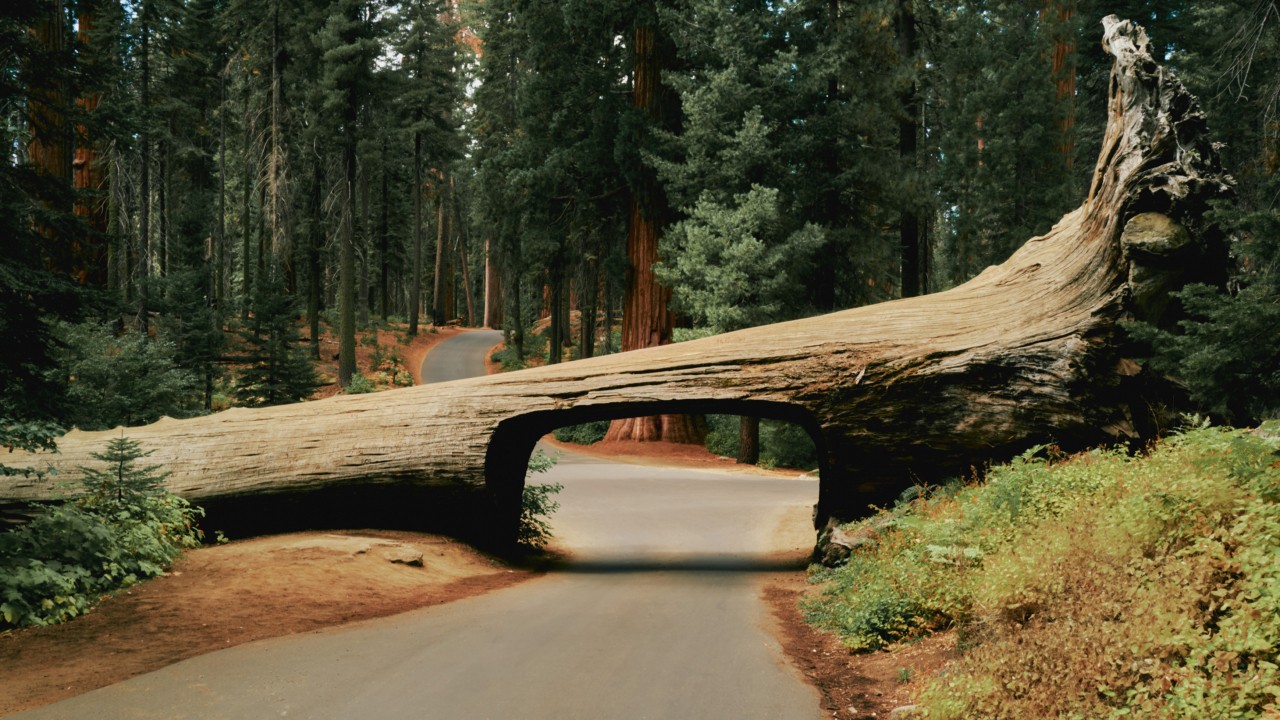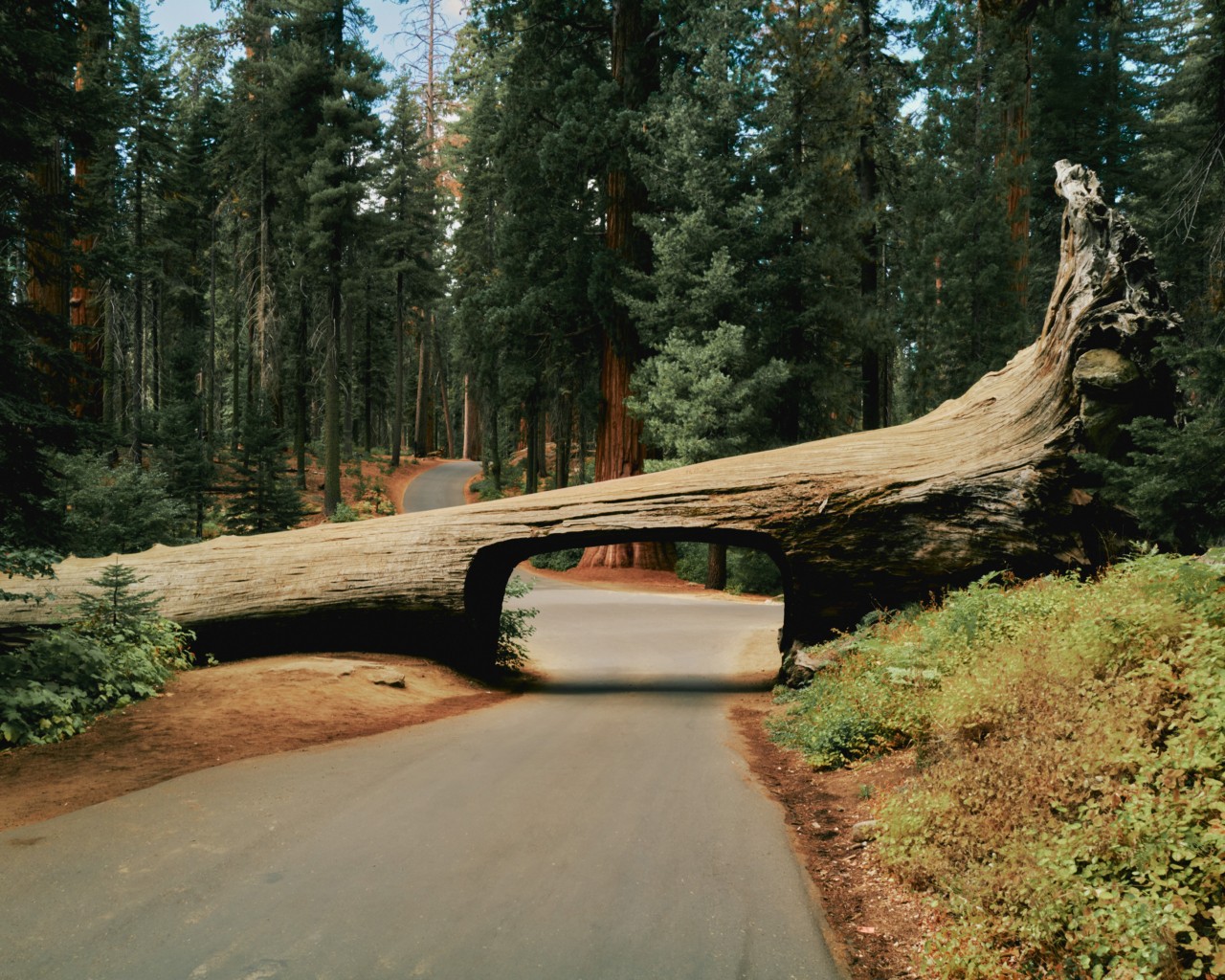

Photograph by Nicolò Rinaldi / Connected Archives
Words by Ruth H. Burns
“We have become great because of the lavish use of our resources… But the time has come to inquire seriously what will happen when our forests are gone, when the coal, the iron, the oil, and the gas are exhausted, when the soils shall have been still further impoverished and washed into the streams, polluting the rivers, denuding the fields, and obstructing navigation.”
These words, spoken by President Theodore Roosevelt in 1908, laid the foundation for the establishment of the National Park Service in the United States. Roosevelt, a Republican, would likely feel unmoored in today’s political landscape, in which President Trump has undone more protections from United States lands than Roosevelt protected as parks and monuments.
The NPS has experienced significant upheaval since Trump took office in January. The administration laid off 1,000 probationary NPS employees on Valentine’s Day, along with 3,400 Forest Service workers, and another 700 NPS employees chose to resign later that month: all part of the reported goal of Elon Musk’s Department of Government Efficiency to downsize the federal workforce. This drastic reduction in staff comes just weeks before our national parks’ busiest season, raising serious concerns about operational efficiency.
Visitors this season can expect noticeable impacts like less maintenance, longer wait times at park entrances, shorter service hours, limited trail accessibility, compromised protection and security, and even closures. Communities around national parks who depend on park tourism to survive are also worried about what these changes mean for their local economies.
The National Park Service was officially founded in 1916, although Yellowstone (the country’s first national park) was established much earlier, in 1872. Today, the U.S. boasts 429 national park sites that include battlefields, historic landmarks, monuments, seashores, recreational areas, and even oceanic reefs. Sixty-three of the sites are designated national parks—including iconic destinations like the Great Smoky Mountains and Yellowstone—that in 2024 attracted a record-setting 331.9 million visitors.
“The NPS collaborates with Native Nations to educate the public, protect cultural traditions, artifacts, and ancestral homelands, and even return land management and wildlife stewardship to local Tribes.”
President Roosevelt was problematic in many ways—he was an unapologetic imperialist, and firm believer in the concept of a racial hierarchy—but he was also instrumental in the conservation movement. As a hunter and sportsman, Roosevelt personally witnessed and mourned the decimation of bison herds and other big game animals, the effects of overgrazing, and the destruction of the country’s natural resources. He took action once he was elected; establishing the United States Forest Service and overseeing the creation of 150 national forests, 51 federal bird reserves (now known as national wildlife refuges), four national game preserves, five national parks, and 18 national monuments. Altogether, Roosevelt safeguarded more than 230 million acres of public land.
Collaborating with Congress, Roosevelt established Crater Lake National Park in Oregon; Wind Cave National Park in South Dakota; Mesa Verde National Park in Colorado; and added land to Yosemite National Park in California, among many other achievements. He also enacted the Antiquities Act, which empowers presidents to designate national monuments without congressional approval and led to protected sites such as Devil’s Tower in Wyoming; the Petrified Forest in Arizona; Chaco Canyon in New Mexico; and the Grand Canyon in Arizona.
Today, national parks serve as invaluable public resources for education, recreation, scientific research, and conservation. They protect endangered species and ecosystems while also ensuring their continued enjoyment by future generations, safe from industrial exploitation.
Although these lands were stolen from Indigenous Tribes, the National Park Service today serves as a vehicle to remedy this wrong. The NPS collaborates with Native Nations to educate the public, protect cultural traditions, artifacts, and ancestral homelands, and even return land management and wildlife stewardship to local Tribes. A notable example included the return of 18,000 acres of land to the Confederated Salish and Kootenai Tribes, forming the National Bison Range that is now co-managed with Yellowstone National Park.
Agencies within the Department of Interior, including the National Park Service and the Forest Service, increasingly incorporate Indigenous land management practices into modern conservation. This collaboration includes significant leadership from women, specifically Native women.
“The National Park Service has in many ways come to symbolize the aspirational promise of America.”
Winifred Bartlett was a court reporter who covered a case in the 1920s between the Ihanktonwan (Yankton Sioux) Tribe and the federal government. Though not Native herself, through her work Barlett forged critical relationships with the Yankton Sioux and played an essential role in establishing the Pipestone National Monument in 1937, protecting sacred quarries for crafting ceremonial popes to this very day. Ellen Hope Hays, Lingit, broke barriers in 1974 when she became the first woman and first Alaska Native superintendent of Sitka National Historical Park. Barbara Sutteer Booher, Northern Ute and Cherokee, in 1989 was the second Native woman appointed superintendent by the National Park Service and transformed NPS consultation practices, incorporating Lakota oral histories into interpretations of the Battle of Little Bighorn. And, Lilian Bernice Snooks, a boarding school survivor, led efforts beginning in the 1970s to preserve her Atsugewi culture within Lassen Volcanic Park and her ancestral homelands in California, rejecting the assimilation policies prevalent during her lifetime.
With a political landscape that changes daily, public concern only grows over the Trump administration’s stance toward the National Park Service. Recent executive orders to expand logging in national forests—including the Tongass National Forest in Alaska, the world’s largest intact temperate rainforest—alarm conservationists. These orders “prioritize short-term logging profits at the expense of long-term forest health, climate stability, ecosystem services, and community well-being,” wrote Garett Rose, a senior attorney at Natural Resources Defense Council, in an op-ed on the NRDC website. “And they will have an even greater destructive effect on our forests because of the already heightened risk of forest degradation from depleted and demoralized agencies increasingly unable to fulfill their conservation mandates.”
Logging the country’s National Forests and extracting nonrenewable resources from protected lands doesn’t make economic sense for the American people, either. The NPS returns more than $10 for every $1 invested by taxpayers, according to Jonathan Jarvis, former deputy director of the NPS. Public lands and their resources already belong to the People. Why allow industry to come in and extract those resources only to sell them back to the American people at a greater cost?
The National Park Service has in many ways come to symbolize the aspirational promise of America. The bureau offers an acknowledgment of the destruction wrought by colonization, but also promotes the idea that common folk can shape the country into something better that is for and by people of every color, creed, sex, gender, nationality, and economic background.
The National Park Service, and what it has to come to represent, is worth saving.
Our National Parks Are Too Vital To Be Lost